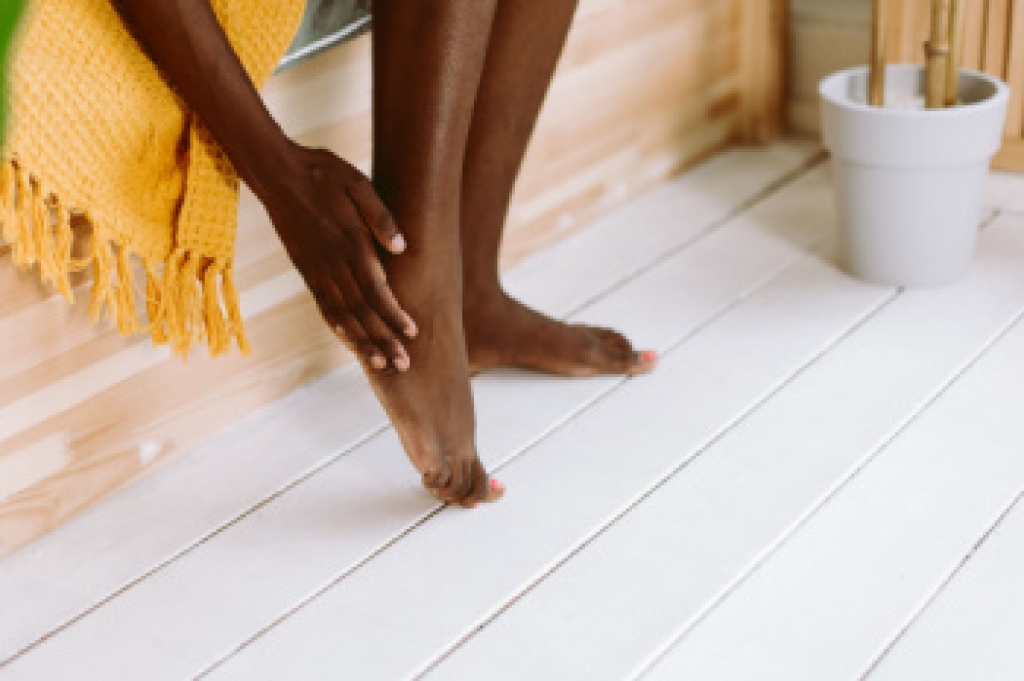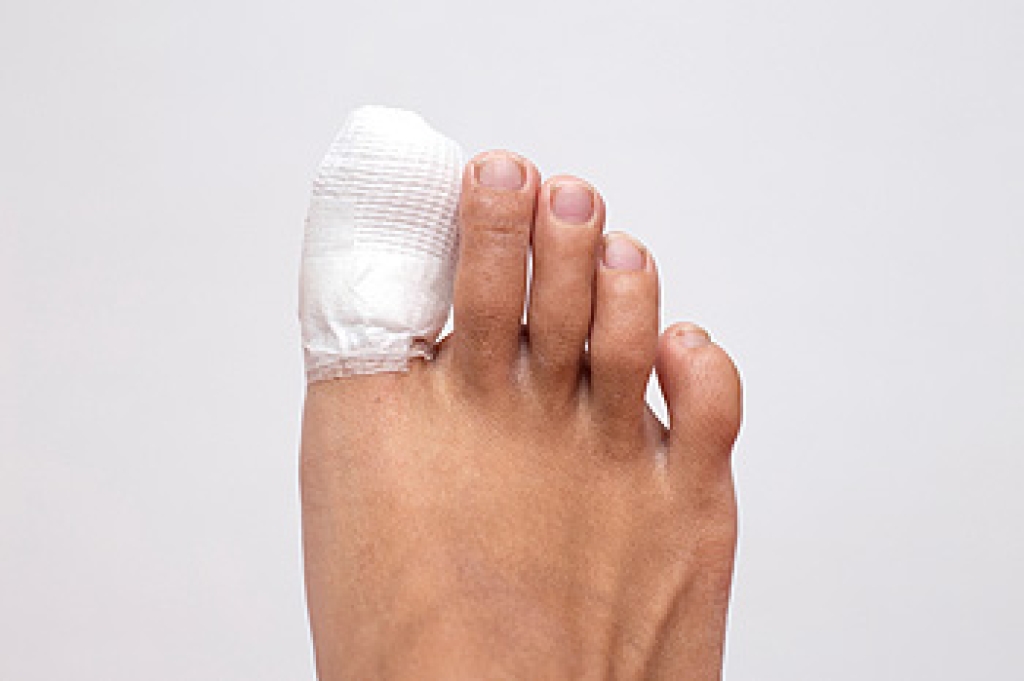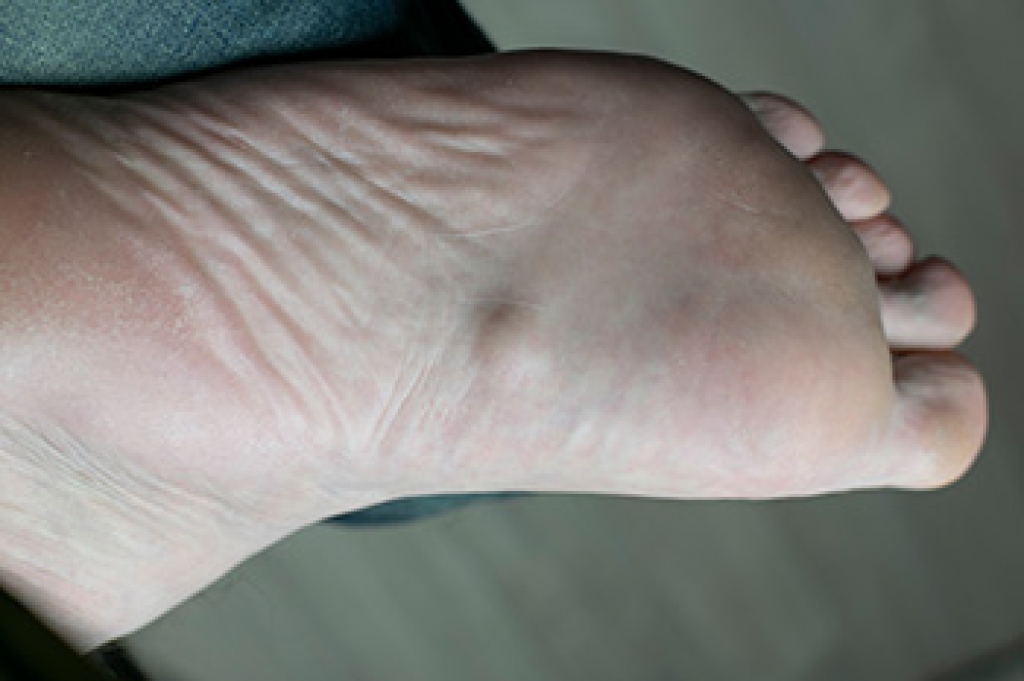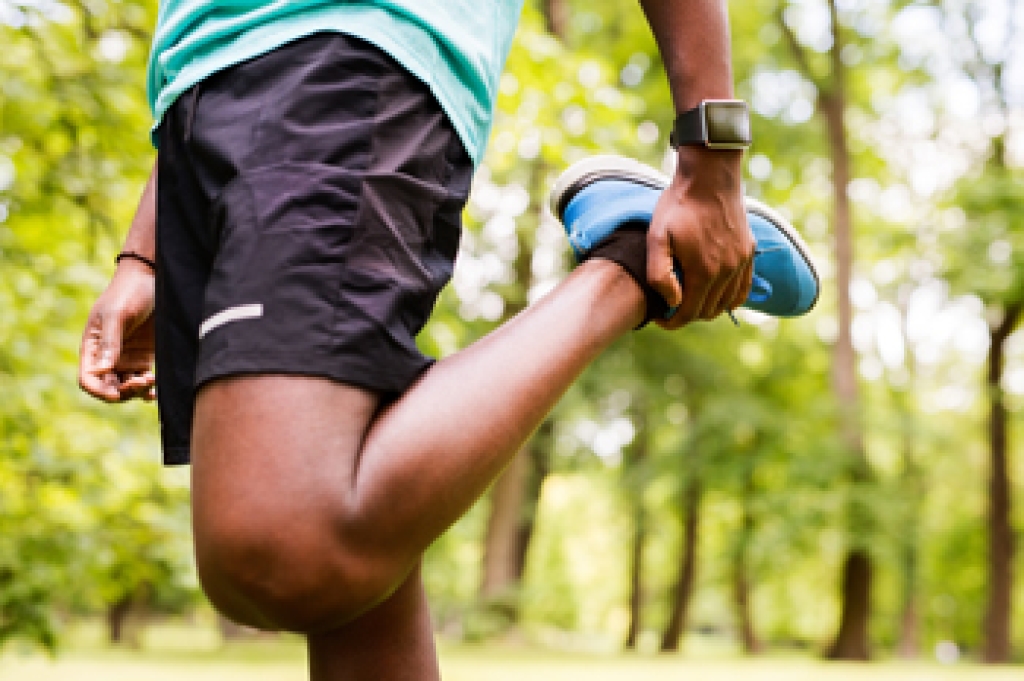Connect With Us
Blog
Blog
Dealing With Heel Pain

If you are struggling with heel pain, a key step toward relief is to clearly describe the pain's location to your podiatrist. The source of heel pain can vary widely depending on where it occurs. For instance, pain at the back of the heel might point to issues with the Achilles tendon, the bursa, soft tissues, bones, or the heel’s growth plate. Pain on the bottom of the heel could be due to plantar fasciitis or fat pad atrophy. Treatment options are tailored to the specific cause of your pain. In addition to reviewing your medical history, your podiatrist will conduct a physical examination and may use tests or imaging studies like X-rays or ultrasounds to pinpoint the exact problem. If heel pain is affecting your daily life, it is suggested you make an appointment with a podiatrist to get a precise diagnosis, and start on the path to relief.
Many people suffer from bouts of heel pain. For more information, contact Dr. Castillo of Bronx Foot Care. Our doctor can provide the care you need to keep you pain-free and on your feet.
Causes of Heel Pain
Heel pain is often associated with plantar fasciitis. The plantar fascia is a band of tissues that extends along the bottom of the foot. A rip or tear in this ligament can cause inflammation of the tissue.
Achilles tendonitis is another cause of heel pain. Inflammation of the Achilles tendon will cause pain from fractures and muscle tearing. Lack of flexibility is also another symptom.
Heel spurs are another cause of pain. When the tissues of the plantar fascia undergo a great deal of stress, it can lead to ligament separation from the heel bone, causing heel spurs.
Why Might Heel Pain Occur?
- Wearing ill-fitting shoes
- Wearing non-supportive shoes
- Weight change
- Excessive running
Treatments
Heel pain should be treated as soon as possible for immediate results. Keeping your feet in a stress-free environment will help. If you suffer from Achilles tendonitis or plantar fasciitis, applying ice will reduce the swelling. Stretching before an exercise like running will help the muscles. Using all these tips will help make heel pain a condition of the past.
If you have any questions please contact our offices located in Bronx, NY Yonkers, NY . We offer the newest diagnostic and treatment technologies for all your foot and ankle needs.
What to Do with a Broken Toe

Broken toes are often caused by trauma, like dropping something on them, stubbing them, or bending them the wrong way. They can also result from stress fractures after sudden activity increases. Common signs of a broken toe can include a snapping or popping sound, swelling, bruising, deformity, and pain that worsens with movement. If you notice these symptoms, it is suggested that you visit a podiatrist. This foot doctor will likely order an X-ray to assess the injury and recommend the best treatment, which may include buddy-taping, a cast, or surgery, in severe cases. It is suggested you schedule an appointment with a podiatrist if you suspect a broken toe.
A broken toe can be very painful and lead to complications if not properly fixed. If you have any concerns about your feet, contact Dr. Castillo from Bronx Foot Care. Our doctor will treat your foot and ankle needs.
What to Know About a Broken Toe
Although most people try to avoid foot trauma such as banging, stubbing, or dropping heavy objects on their feet, the unfortunate fact is that it is a common occurrence. Given the fact that toes are positioned in front of the feet, they typically sustain the brunt of such trauma. When trauma occurs to a toe, the result can be a painful break (fracture).
Symptoms of a Broken Toe
- Throbbing pain
- Swelling
- Bruising on the skin and toenail
- The inability to move the toe
- Toe appears crooked or disfigured
- Tingling or numbness in the toe
Generally, it is best to stay off of the injured toe with the affected foot elevated.
Severe toe fractures may be treated with a splint, cast, and in some cases, minor surgery. Due to its position and the pressure it endures with daily activity, future complications can occur if the big toe is not properly treated.
If you have any questions please feel free to contact our offices located in Bronx, NY Yonkers, NY . We offer the newest diagnostic and treatment technologies for all your foot and ankle needs.
Understanding Plantar Fibromatosis and Ledderhose Disease

Plantar fibromatosis and Ledderhose disease are related conditions characterized by the development of benign nodules or lumps in the connective tissue of the feet, affecting the plantar fascia and foot arch. These nodules, composed of fibrous tissue, can cause pain and discomfort, particularly while standing or walking. Plantar fibromatosis typically affects the middle of the foot's underside, while Ledderhose disease occurs on the underside of the foot arch. These conditions often cause a feeling of pressure or a sensation akin to walking on pebbles. While symptoms can vary, they generally worsen with weight-bearing activities due to the increased pressure on the affected areas. Relief options include orthotic devices, steroid injections, and in severe cases, surgical removal of the nodules to alleviate pain and restore foot function. If you have nodules or lumps on the bottom of your foot, it is suggested that you consult a podiatrist who can accurately diagnose and treat these conditions.
A plantar fibroma may disrupt your daily activities. If you have any concerns, contact Dr. Castillo of Bronx Foot Care. Our doctor can provide the care you need to keep you pain-free and on your feet.
Plantar Fibroma
A plantar fibroma is a fibrous knot in the arch of the foot. It is embedded in the plantar fascia which is a band of tissue that extends from the heel to the toes along the bottom of the foot. There can be multiple plantar fibromas in the feet at the same time. There are no known causes for this condition. If you have a plantar fibroma, there will be a bump in the arch of your foot that cannot be missed. Any associated pain is most often due to a shoe rubbing against the nodule. Non-surgical options, such as steroid injections, physical therapy, and orthotics should be tried first. Surgery is a last resort and is the only thing that will remove a plantar fibroma entirely. Consult with a podiatrist for a proper diagnosis and to determine the treatment regimen that is right for you.
What Causes a Plantar Fibroma?
While there are no specific causes identified, a plantar fibroma can possibly come from genetic predisposition or the formation of scar tissue that forms from healing the tears in the plantar fascia.
What Are the Symptoms of a Plantar Fibroma?
There will be a noticeable lump in the arch of the foot that may or may not cause pain. If pain is felt, it is typically because a shoe is rubbing up against the lump or when walking or standing barefoot.
Treatment and Prevention
A plantar fibroma will not disappear without treatment, but it can get smaller and be a non-issue. If pain persists, a podiatrist examines the foot and when the arch of the foot is pressed, pain can be felt down to the toes. An MRI or biopsy might be performed to help diagnose or evaluate the plantar fibroma. The following non-surgical options are generally enough to reduce the size and pain of these nodules:
- Steroid injections
- Orthotics
- Physical therapy to help apply anti-inflammatory creams on the bump
Surgery is considered if the mass increases in size and the patient continues to feel pain after non-surgical methods are tried.
If you have any questions please feel free to contact our offices located in Bronx, NY Yonkers, NY . We offer the newest diagnostic tools and technology to treat your foot and ankle needs.
Preventive Training for Running Injuries

Preventing running injuries involves a combination of smart training techniques and maintaining overall strength. Gradually increasing mileage and intensity helps avoid overuse injuries by allowing the body to adapt to new demands. Incorporating rest days into the training schedule gives muscles time to recover and reduce fatigue. Strength training, especially for the core and lower body, enhances stability and reduces strain on joints. Proper warm-ups and cool-downs, including dynamic stretching, prepare the body for running and aid in recovery. Listening to the body and addressing any pain or discomfort promptly can prevent minor issues from becoming serious injuries. Wearing well-fitted, supportive footwear tailored to individual running styles also plays a crucial role. Foot and ankle injuries can be common and will hinder running ability. If you have sudden or chronic foot pain from running, it is suggested that you contact a podiatrist who can offer you effective treatment and running prevention injury methods.
Exercising your feet regularly with the proper foot wear is a great way to prevent injuries. If you have any concerns about your feet, contact Dr. Castillo of Bronx Foot Care. Our doctor will treat your foot and ankle needs.
How to Prevent Running Injuries
Many common running injuries are caused by overuse and overtraining. When the back of the kneecap starts wearing out and starts causing pain in your knee, this is commonly referred to as runner’s knee. Runner’s knee is a decrease in strength in your quadriceps and can occur if you’re not wearing properly fitted or supporting shoes. To prevent runner’s knee, focusing on hip strengthening is a good idea, as well as strengthening your quads to keep the kneecaps aligned.
What Are Some Causes of Running Injuries?
- One cause of a common running injury is called iliotibial band syndrome.
- Plantar fasciitis is also another common injury.
- Stress fractures can occur from overtraining, lack of calcium, or even your running style.
Best Ways to Prevent Running Injuries
- Wear footwear that fits properly and suits your running needs.
- Running shoes are the only protective gear that runners have to safeguard them from injury.
- Make a training schedule. Adding strengthening exercises as well as regular stretching can help keep you strong and limber and can lessen the possibility of injuries.
- Stretching keeps muscles limber; this will help you gain better flexibility.
If you have any questions please feel free to contact our offices located in Bronx, NY Yonkers, NY . We offer the newest diagnostic and treatment technologies for all your foot and ankle needs.
Blog Archives
- 2025
- 2024
- 2023
- 2022
- 2021
- 2020

